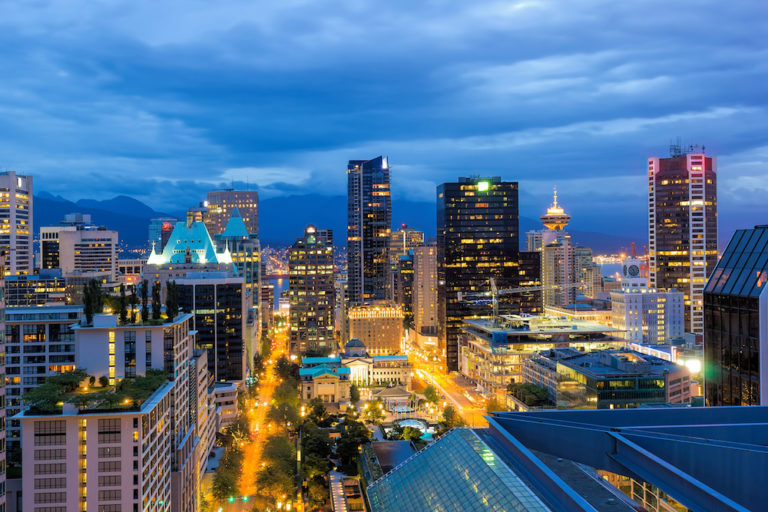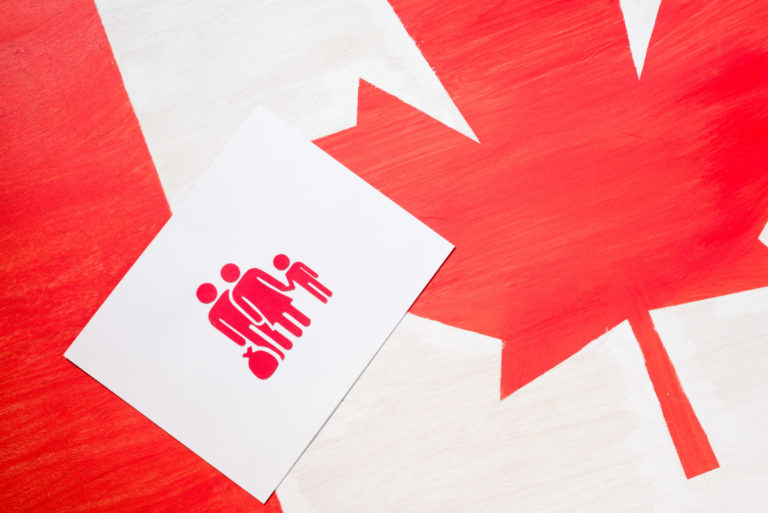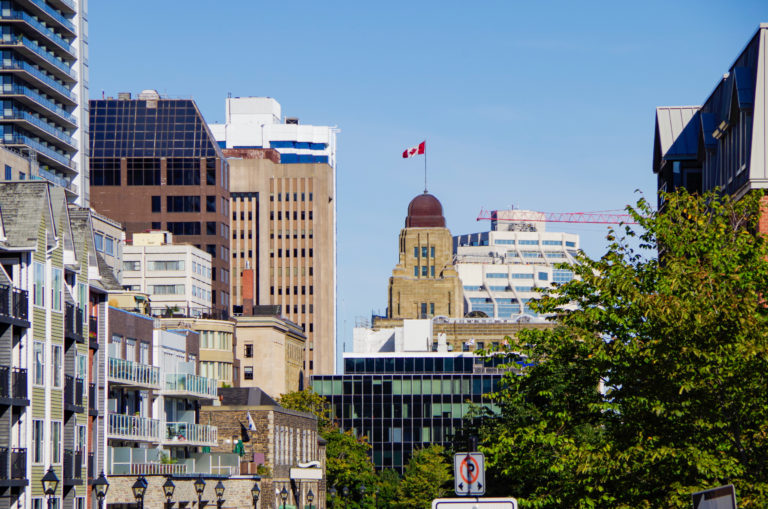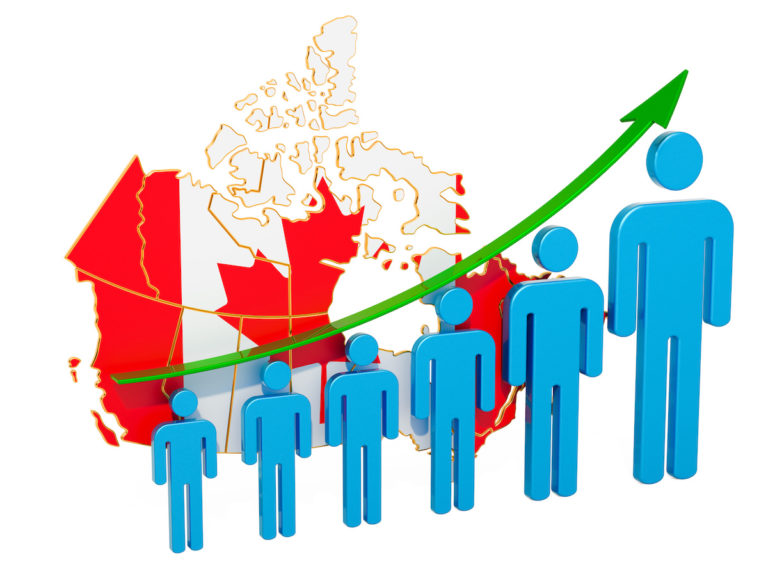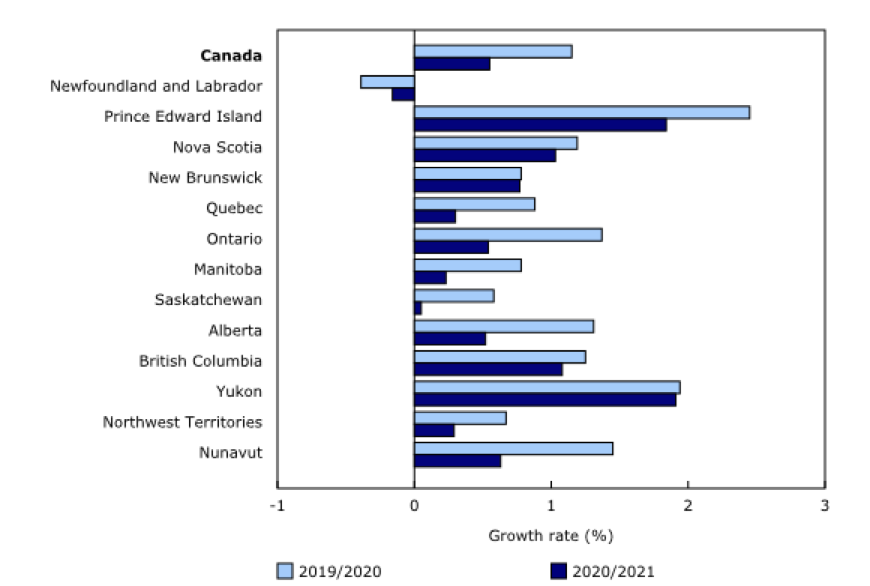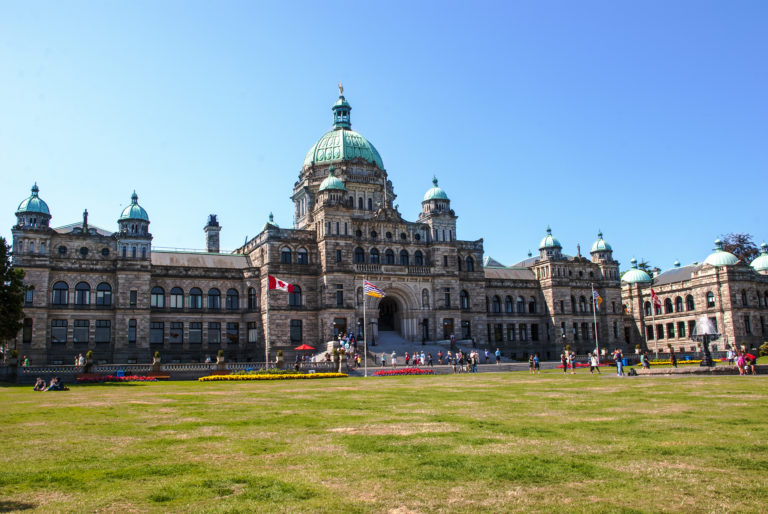Opportunities for prospective economic immigrants to Canada are looking up as the country posts its fourth consecutive month of declines in its unemployment rate.
In its latest Labour Force Survey, Statistics Canada reports unemployment fell for the fourth consecutive month in September to 6.9 per cent, the lowest level since the onset of the pandemic, as more workers rejoined the labour force.
“Increases in employment were concentrated in full-time work, and among people in the core working-age group of 25 to 54,” states the statistical analysis agency in its report released Friday.
Read More Canada Immigration News
- Major Demand For Canada Jobs In Nursing, Manufacturing, Hospitality After COVID-19
- Canada Urged To Look To Immigrants To Solve Severe Skilled Trades Labour Shortage
- Confirming Your Canadian Permanent Residence Online: All You Need To Know
Jobs came back in both the public and private sector in September, Statistics Canada noted on Oct. 8.
The provinces that were the big winners for jobs in September were Ontario, Quebec, Alberta, Manitoba, New Brunswick and Saskatchewan.
“Service-sector increases, of 142,000 jobs, were led by public administration, up 37,000, information, culture and recreation, up 33,000, and professional, scientific and technical services, up 30,000,” states Statistics Canada.
Hotels and restaurants, though, continued to suffer last month due to public health restrictions to curb the spread of Covid-19. Employment in this sector fell in September for the first time in five months, by 27,000 jobs.
Manufacturing and Natural Resources Sectors Add Jobs
Manufacturing saw gains of 22,000 jobs and natural resources added another 6,600.
As Canada gradually rebounds from the economic hit of the pandemic due to rising vaccination rates, immigration continues to play a vital role in the country’s recovery.
Immigration drove almost three-quarters of Canada’s population growth during the past year despite all the border restrictions of the Covid-19 pandemic, another report by Statistics Canada has revealed.
In its latest Canada Population Estimates report released earlier this year, Statistics Canada revealed the Canadian population grew by only about 208,900 during that year, less than half the almost 436,000 in the previous year.
Immigration, too, suffered a massive slump during that period, falling by 56.8 per cent to just a tad over 156,500.
But that level of immigration was enough to keep Canada growing.
Immigration Was the Big Driver of Canadian Population Growth Last Year
During a year affected by pandemic restrictions, immigration contributed to 74.9 per cent of Canada’s population growth, Statistics Canada revealed on Sept. 29.
There are also indications immigration to Canada is picking up again.
“Although international migration has not yet returned to its pre-pandemic levels, some signs of recovery have been seen since the beginning of 2021,” reads the Statistics Canada report.
“For example, international migration rose from 24,329 in the second quarter of 2020 to 75,084 in the same quarter of 2021.”
Border restrictions during the pandemic hurt immigration to Canada. Permanent immigration fell from almost 284,200 last year to roughly 226,200 this year. The number of Temporary Foreign Workers also declined by almost 42,900, after steadily increasing in recent years.
Within Canada, strong interprovincial migration – fueled in part by people moving to areas with lower rates of Covid-19 infection – helped grow the populations of British Columbia, the Yukon and the Atlantic Canadian provinces.
British Columbia saw the largest increase in interprovincial migration of all the provinces during that year, with a boost of 34,277, its biggest gain in population in 37 years.
All four Atlantic provinces posted a net interprovincial migratory increase for the first time in 11 years, with current migration levels at or near record levels.
Even during the pandemic, there are many ways foreign nationals can come to Canada to seek permanent residence.
Express Entry System Allows Applicants for Immigration to Create Online Profiles
Under the Express Entry system, Canada receives immigration applications online. Applicants who meet eligibility criteria submit an online profile known as an Expression of interest (EOI), under one of three federal immigration programs or a participating provincial immigration program, to the Express Entry Pool.
Candidates’ profiles then are ranked against each other according to a points-based system called the Comprehensive Ranking System (CRS). The highest-ranked candidates will be considered for an Invitation To Apply (ITA) for permanent residence. Those receiving an ITA must quickly submit a full application and pay processing fees, within a delay of 90-days.
Canada operates a two-tiered immigration system, offering programs for skilled workers, at both federal and provincial levels.
Provincial Nominee Programs Help Select Skilled Workers From Abroad
Through a network of Provincial Nominee Programs (PNP), almost all of Canada’s ten provinces and three territories can nominate skilled worker candidates for admission to Canada with the specific skills required by their local economies. Successful candidates who receive a provincial or territorial nomination can then apply for Canadian permanent residence through federal immigration authorities.
Immigrant investors can also come to Canada under the Start-up Visa program which can grant them Canadian permanent residence.
The program aims to recruit innovative entrepreneurs to Canada and link them with the Canadian private sector businesses, such as angel investor groups, venture capital funds or business incubators, and facilitate the establishment of their start-up business in Canada.
A designated venture capital fund must confirm that it is investing at least $200,000 into the qualifying business. Candidates can also qualify with two or more commitments from designated venture capital funds totalling $200,000. A designated angel investor group must invest at least $75,000 into the qualifying business.
The best bet for students in foreign countries lies in coming to Canada to study.
International Study Permits Often the First Step to Gaining Permanent Residency
International students can eventually get their permanent residence in Canada by first coming under a Study Permit, then applying for a Post-graduation Work Permit, and finally seeking their permanent residents by applying through the Express Entry system.
Canada usually welcomes more than 350,000 international students every year. To be eligible to study in Canada these students must demonstrate that they:
- have been accepted by a school, college, university or other educational institution in Canada;
- have enough money to pay for their tuition fees, living expenses, and return transportation;
- are law-abiding citizens with no criminal records;
- are in good health and willing to complete a medical examination, and;
- can satisfy an immigration officer that they will leave Canada at the end of their authorized stays.
Once issued a study permit, these students can work in Canada under the following categories:
- on campus without a work permit;
- off campus with a work permit;
- in co-op and internship programs, where work experience is part of the curriculum, with a work permit.
Upon graduation, a foreign student may apply for a work permit under the Post-Graduation Work Permit Program. Under this program, the work permit may be issued for the length of the study program, up to a maximum of three years.
The valuable work experience gained while an international grad works in Canada under a Post-Graduation Work Permit can count towards a permanent residence application through Canada Express Entry system.
Under the Comprehensive Ranking System (CRS) used by Express Entry system programs, applicants for immigration are assigned points based on:
- Skills;
- Work experience;
- Language ability;
- Language ability and education of the applicant’s spouse or common-law partner;
- Possession of a job offer supported by a positive Labour Market Impact Assessment;
- Possession of a provincial government nomination for permanent residence, and;
- Certain combinations of language skills, education and work experience that result in a higher chance of the applicant becoming employed (skill transferability).




